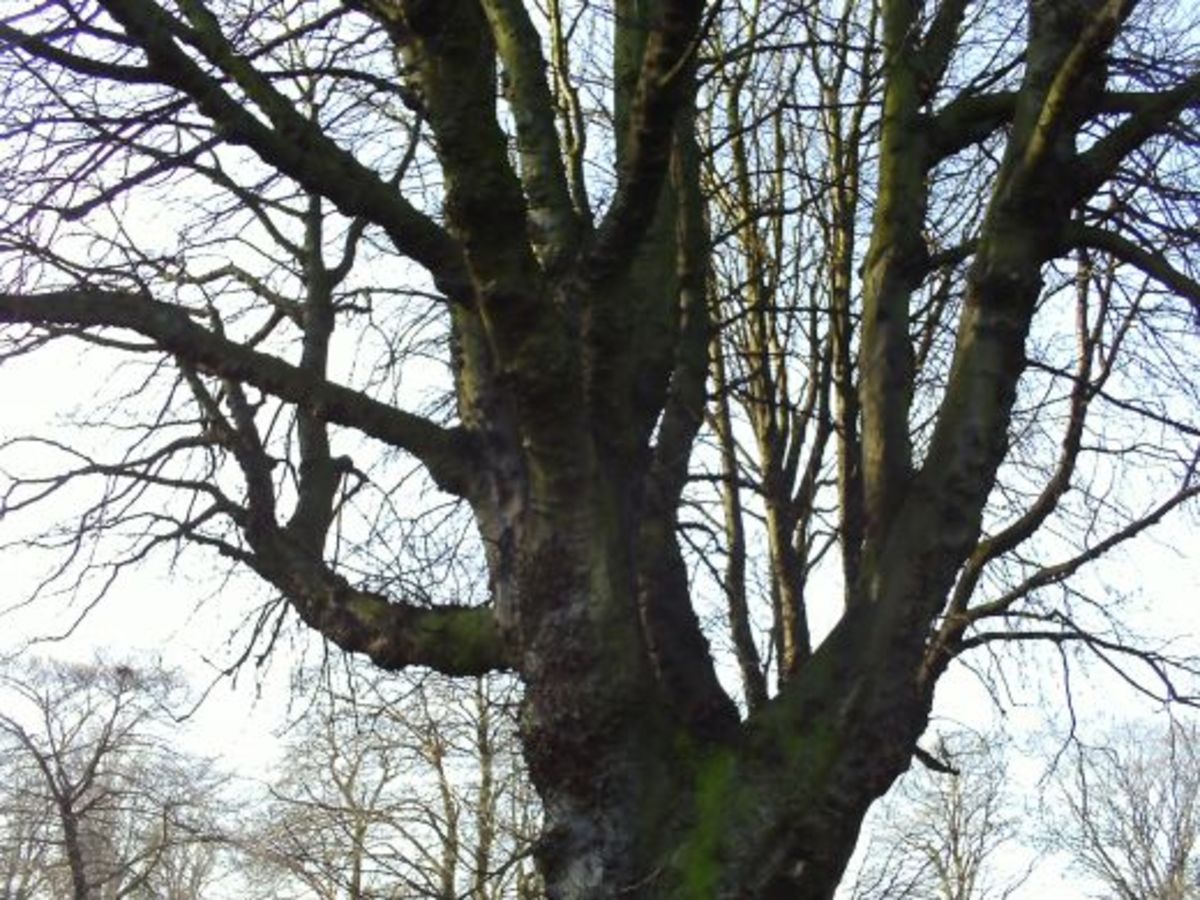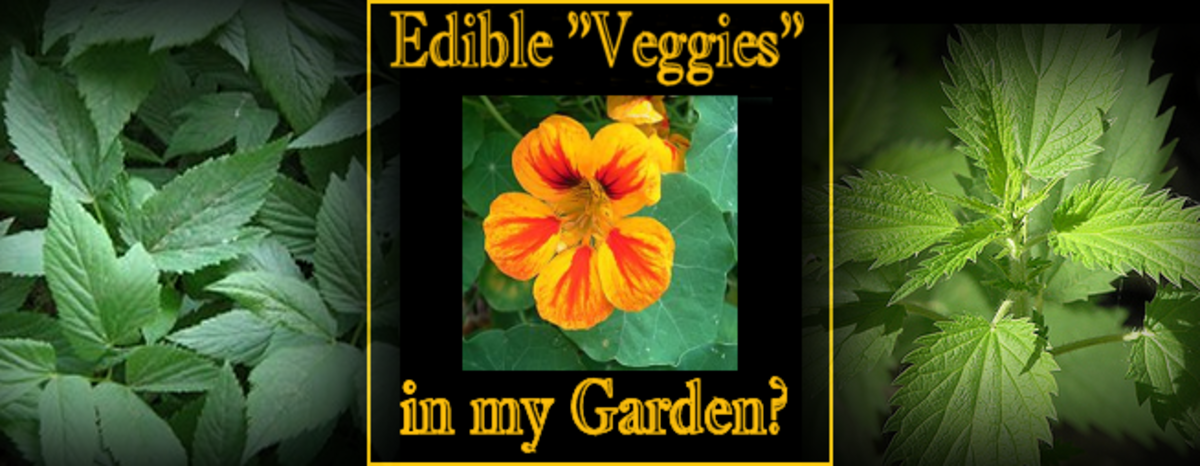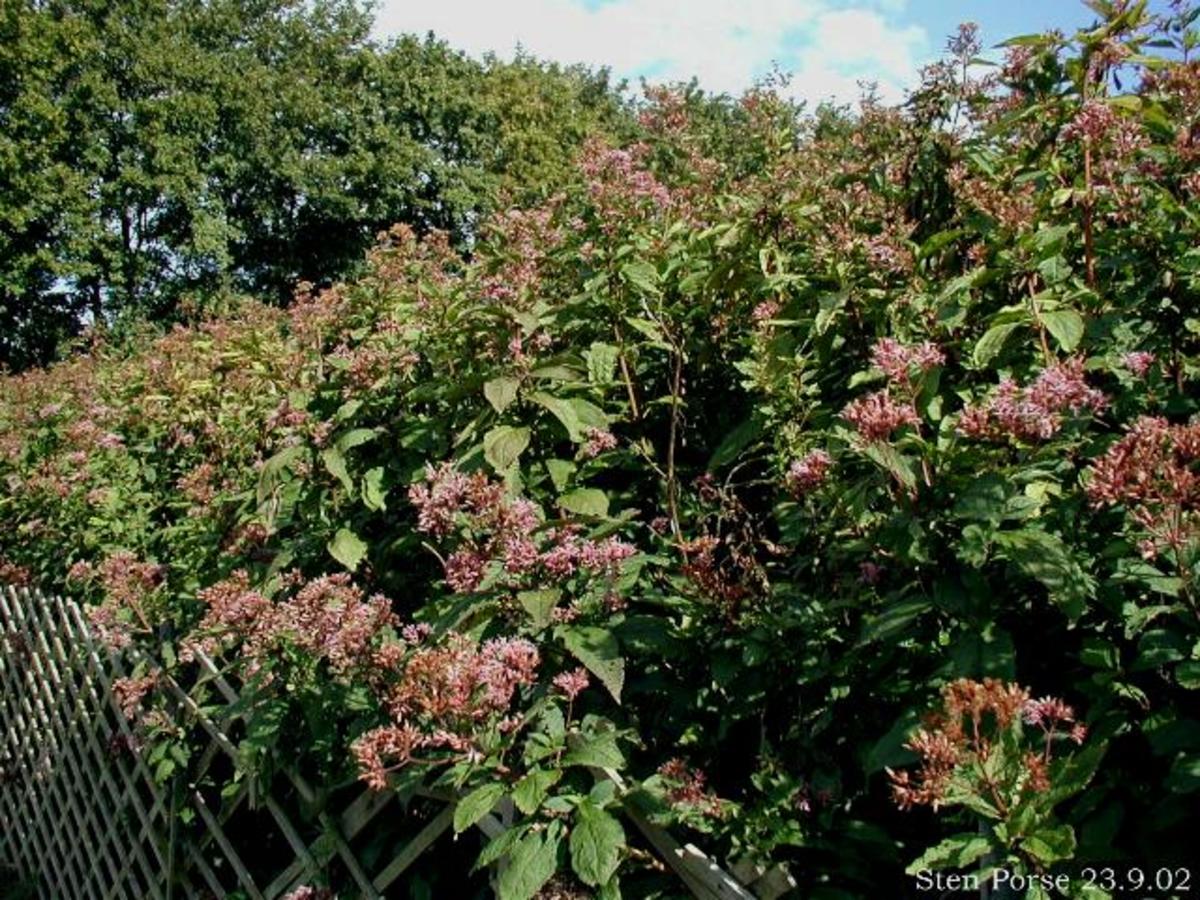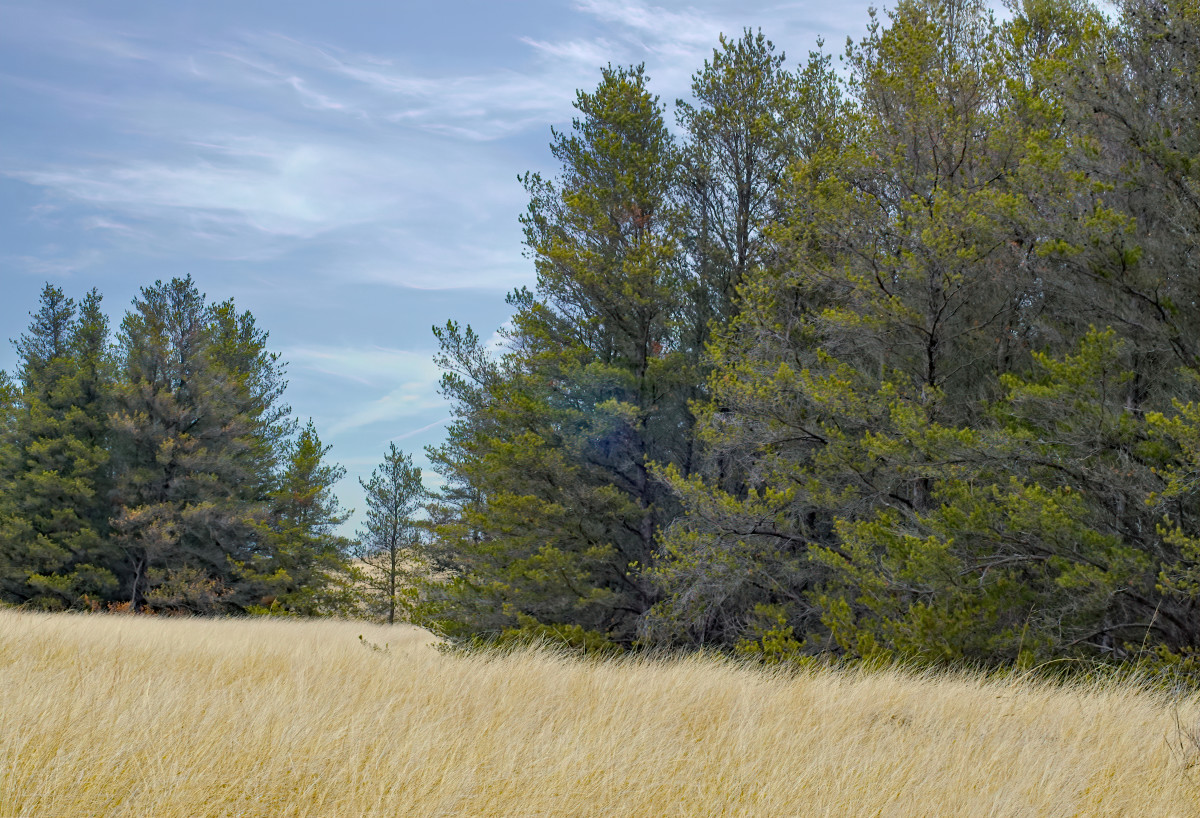The Bark of the Cinchona Tree
The Truth of History Isn't Always Told in Truth
The most widespread of all diseases at one time was malaria. It all began with the bite of a mosquito. Indeed today, malaria still infects nearly a half million people each year, and kills at least one hundred and fifty million of its victims. Ninety percent of those deaths occur in Africa.
The discovery of this cure, now known as "quinine" is bathed in controversy. myth, and misinformation. There are quite a number of stories that have surfaced and many are perpetuated as fact all over the Internet. For a very long time, the story (told by Italian Sebastiano Badio in 1663, went that:
The Countess of Chinchon was on her deathbed with malaria (then known as tertian fever) and that the Governor of Loxa (Juan Lopez de Canizares) had been cured by the bark of the quinaquina tree received word of this and sent her the same medicine plant remedy. Once cured, she returned to Spain and brought a large amount of bark from these trees, introducing quinine to the Old World.
Then, there is the version told by the Jesuit priests in Peru:
The Countess of Chinchon (Francisca Henríquez de Riberaz), the 2nd wife of the Viceroy of Peru, was certainly made a believer of medicine plants when Spanish Jesuits helped her escape a premature death bed cloaked in malaria with doses of the bark of a native tree. For a long time afterwards, the medicine cure in the form of pulverized bark, was called the "Countess's powder.
Of course, this might have been more wondrous, if the bark remedy had been given her husband (Luis Jerónimo Fernández de Cabrera Bobadilla Cerda y Mendoza, 4th Count of Chinchón),who became ill before her with malaria and died.
Still, a third version of the miracle medicine plant reality, was found in the diary of the above Viceroy Ferandex de Cabrera, which definitely disputes the Italian Sebastiano Badio's version:
His second wife, was in excellent health the entire time she was in Peru and was never treated for the fever. However, she died on board ship (cause unknown, although it could have been malaria) in Cartagena, Columbia en route back to Spain. In his diary, he while having malaria, was never treated for it with the bark.
OK. Well, we know the Italian version is incorrect. Still other claims are that his first wife, was the one who was cured of malaria, which is also not true. We know that since he survived his second wife and returned to Spain after her death, the second version is wrong, because he did survive her by three years. The third version, since it was the Viceroy's own original diary, seems correct, but how do you account for the cure being referred to as the "Countess's powder?"
Well, here's the truth as far as it can be determined is --
A Jesuit priest name Barnabe de Cobo (1582-1657) is generally credited with taking the cinchona bark (aka Jesuits' bark and quinaquina bark) back to Spain (in 1632) and had it examined and tested in Rome and elsewhere.
As for the name of Cinchona?-- it came along almost a hundred years later, when Linnaeus, gave the genus of quinine-producing trees that name in honor of the one of the Countess wives of the Viceroy. Obviously, he was familiar with one or the Countess cure stories. This great botanist Linnaeus, who gave the tree its scientific name, left an "h" out of the name, so that we speak of "cinchona" instead of "chinchona."
Moral of all these stories?
History is not only in the telling, but also who is spelling it?
The Cinchon Tree Without the "H" and Other Secrets
Supposedly prior to the Countess of Chinchon's "cure" the bark had been known for a long time as Jesuits' bark. The Incas, who ruled Peru before the Spanish conquest, apparently had no idea that the bark with good for anything, although they used other plants as remedies.
The credit for the discovery seem to go to the Spanish Jesuits, who in 1640, issued orders at Lima, Peru -- that for every one of the wonderful trees cut down, a new one had to be planted. Two years later, it was brought by previous mentioned, Father Barnabe de Cobo. to the attention of the world outside of Peru.
The popularity of the cinchona bark was vastly increased by Sir Robert Talbor, one of the most cunning quacks in medical history. Talbor made a fortune by selling a secret remedy for fevers that consisted of cinchona bark powder mixed in claret wine. At the same time, he published pamphlets attacking the same bark as extremely dangerous!
Naturally he cured many victims of malaria. He became so famous that he was called to treat Charles II of England, and cured him of a fever. When the son of Louis XIV of France fell ill, Talbor was sent for and he promptly cured the boy.
Louis XIV managed to get Talbor to sell his secret, but the "doctor" made the King promise not to reveal it in Talbor's lifetime.
The King of France kept his promise, but gave the secret to the world when Talbor died. IT was not until 1820 that two French chemists, Caventou and Pelletier, separated pure quinine from the bark.
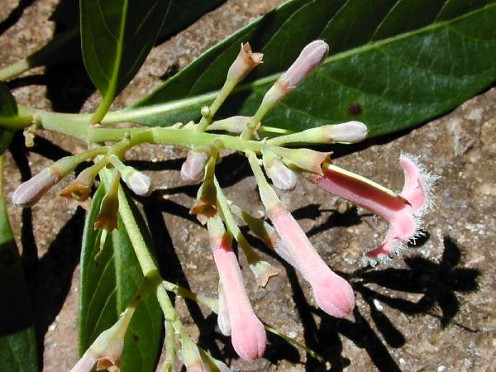
The Cinchona Tree
The cinchona tree has smooth evergreen leaves and clusters of deliciously scented lilac-like, cream colored or sometimes pink flowers. If left alone, the tree grows to be more than eighty feet tall.
There are about forty known species in this family and they are native to parts of South America, but is also found in Java. Not every species of the tree produces quinine.
The leaves are opposite, rounded to lanceolate. The flowers can be off-white, pink, or even red. The tree does have a small fruit that has a number of seeds.
At one time in history, the bark of this tree was considered so valuable that it was sold literally at the same price of precious gold.
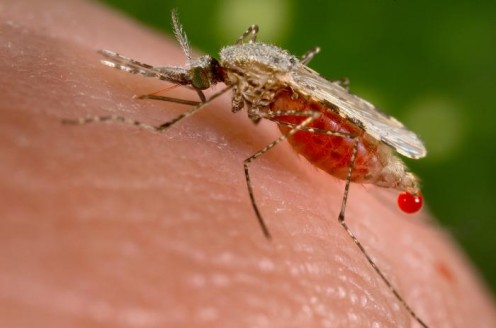
Another Back Story on the Cinchona Tree
Today the drug is synthetically produced, but in the past Java was the world's largest supplier of commercial quinine. There they dug up the trees, roots and all, when they were fifteen to eighteen years old and at least thirty feet tall.
They found that at this stage, the trees had the most profitable amount of quinine and related drugs. As the harvested trees were carted off to be chopped up, young trees two feet tall were planted in their place.
The story of how quinine came to be a great crop of Java, rather than of its native Andes, is also a dramatic one, just like the full story of the Sir Robert Tabor ruse.
It seems that explorer after explorer, Dutch and English, transported hundred of young plants and hundreds of thousands of seeds to India and the East Indies.
However, the greater part of the cargoes always died on the way. Worst of all, it turned out that nearly all of the early plantings were of species or varieties that produced little quinine.
Finally, an Englishman, Charles Ledger, with the aid of his faithful Indian servant, managed to collect fourteen pounds of the seeds of a variety that turned out to be prodigiously rich in quinine. However, that's not the end of the story.
Ledger's own government, however, refused to buy, but one pound, however, he managed to sell the Dutch government the bulk of the rest, which led to the fabulous success of the Java plantations for many years afterwards.
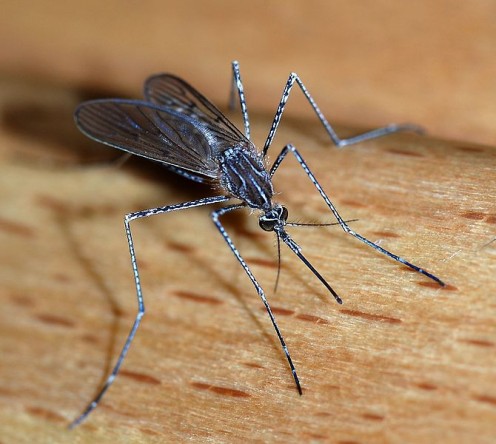
War Stories
During World War II, when the Japanese seized Java, it was feared that many Allied soldiers would be stricken with malaria as they fought through mosquito-haunted jungle islands and in steaming tropical lowlands.
American and British scientists worked furiously to find a synthetic substitute for quinine. While they were making one new compound after another, it was discovered that atebrine also called quinacrine), a drug that had been made chemically in 1930, was an even better specific for malaria than quinine.
A total of more than fourteen thousand compounds were studied in the search for new anti-malarial drugs. Most were useless, but two -- chloroquine and pentaquine turned out to be extremely valuable.
The result was that the death rate from malaria in the American and British armies (where atebrin was used) fell far lower than among the Japanese troops who were using quinine and were expecting the Allies to suffer terribly from the lack of it. Furthermore, the Allies who were given the synthetic, suffered less side-effects than those who took quinine.
Today, quinine from the bark of the cinchona tree is rarely used to treat malaria simply because it has been largely replaced by drugs like chloroquine, pentaquine, and mefloquine. That said, there has been a resurgence of more and more drug resistant strains of malaria and quinine once again is being looked at as the treatment of choice for some patients.
Circles of Other Cinchona Stories
The very seeds that Charles Ledger and his servant smuggled out of Peru to Java, ended up seeming to spell a doom to the cinchona plantations in it's native Peru. However, the tree was to have it's own last laugh.
In Peru, the tree later faced extinction. Many years later, it was the seeds that had been spirited away to Java that would provide the new seeds to restore Cinchona trees back to Peru.
World War II Malaria Film
Not Just a Disease of the Poor and War
It may have been just a publicity stunt that was guaranteed to get a reaction and attention -- but it was a good one, for a good cause. Last February, Bill Gates released mosquitoes into the audience at TED 2009 (Technology, Entertainment, and Design Conference), stating that:
"Not only poor people should experience this."
Of course, his mosquitoes were not infected with malaria but by the time he got through with his lecture his audience may have been infected with wanting to help educate people about malaria and assist in eradicating the disease. Given that there is no truly effective vaccine against malaria -- the time has come to put this disease to rest.
Bet You Didn't Know!
- If you ever drank a gin and tonic at a party or bar, quinine is used as a flavoring -- it's that bitter or tart taste in tonic water.
- Malaria is still a threat to troops fighting in wars during our times in Afghanistan, Iraw, and Liberia.
- Alexander the Great died from malaria.
- Most likely Christopher Columbus and many of his men died of malaria.
- Malaria played a huge roll in the deaths surrounding the building of the Panama Canal.
- During the Vietnam War, malaria reduced our troop strength by one half. It was common practice for soldiers to be given a little white quinine pill every dayto help reduce the number of soldiers getting malaria.


